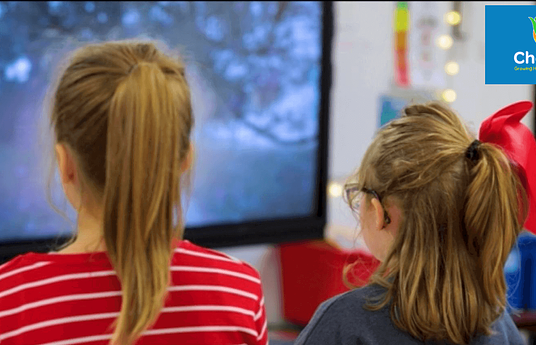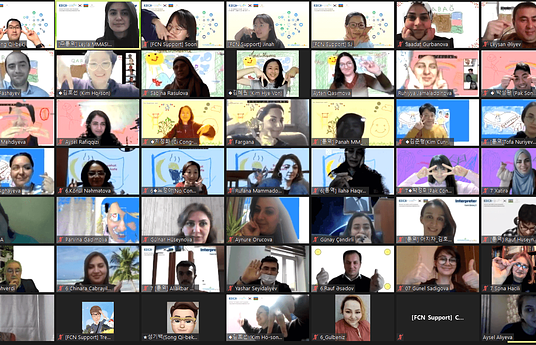If Alvin Toffler describes three economic waves: Agrarian, Industrial and Informational, Education Citiessee themselvesas citizens of the fourth wave - the Knowledge wave. At the peak of this wave, most of the world’s population will make a living from creating new knowledge.
Education Cities believe that everyone, a kid or an adult, is one of a kind and brings to the world a unique package. Theysee the finding of one's uniqueness and expressing it, a vital component in establishing a healthy and prosperous society.
At the same time, the individual should see the uniqueness of the people around him/her, and the importance of expressing it as well.
The heart of "the art of collaborations" is creating a network of individuals who find and express their uniqueness while taking part in a shared creation:
All for one, and one for all.
In order to leverage the local story and use it to strengthen the city’s people, adults and children alike, one must harbor collaborations between the various active elements in the city. Every city, very much like every person, has unique areas of strength and multiple growth areas. A city successful in linking its strength and growth areas with that of its students and population as a whole will produce strategic and exceptionally meaningful growth engines.
Education Cities turnthe city into one big school, by making collaborations between the first sector (formal and informal education, welfare, employment, city planning, engineering, etc.), the second sector (businesses), the third sector (non-profit organizations) and the fourth sector (social business organizations) that are active in the city.
One of the main tools for connecting between all the city's elements is the Educational/Urban Innovation Lab. The lab serves as a platform for nurturing and developing citywide collaborations. It tackles municipal challenges while empowering and supporting its individual participants which can be teachers, heads of teachers, leaders of the education system, representatives from various organizations, business representatives, artists, and every resident interested in taking part in tackling challenges.
In the past, all processes of change were cumbersome and lengthy because of the need for the state's approval. Today, a meaningful change can occurr in the world. A change that generates productive collaborations between the state (Ministry of Education) and local authorities. The center of gravity and control over education and other aspects of our lives is shifting from the hands of the state to the local authority. Mayors, municipal directors of education departments, and local entrepreneurs, are no longer required to wait for a lengthy and sluggish nationwide process, and have the mandate to implement innovative educational programs in their municipality and to promote innovative and groundbreaking education. Our challenge is how to make the most out of this extraordinary momentum and bring all our partners to seeing it as well.
Education Cities was founded by Yaacov Hecht, who also founded in Israel the first Democratic School in the world ever to use this name. After that he founded IDEC – International Democratic Education Conference that is taking place for 25 years, each year in a different continent, and includes more than 2000 schools from about 30 countries.



